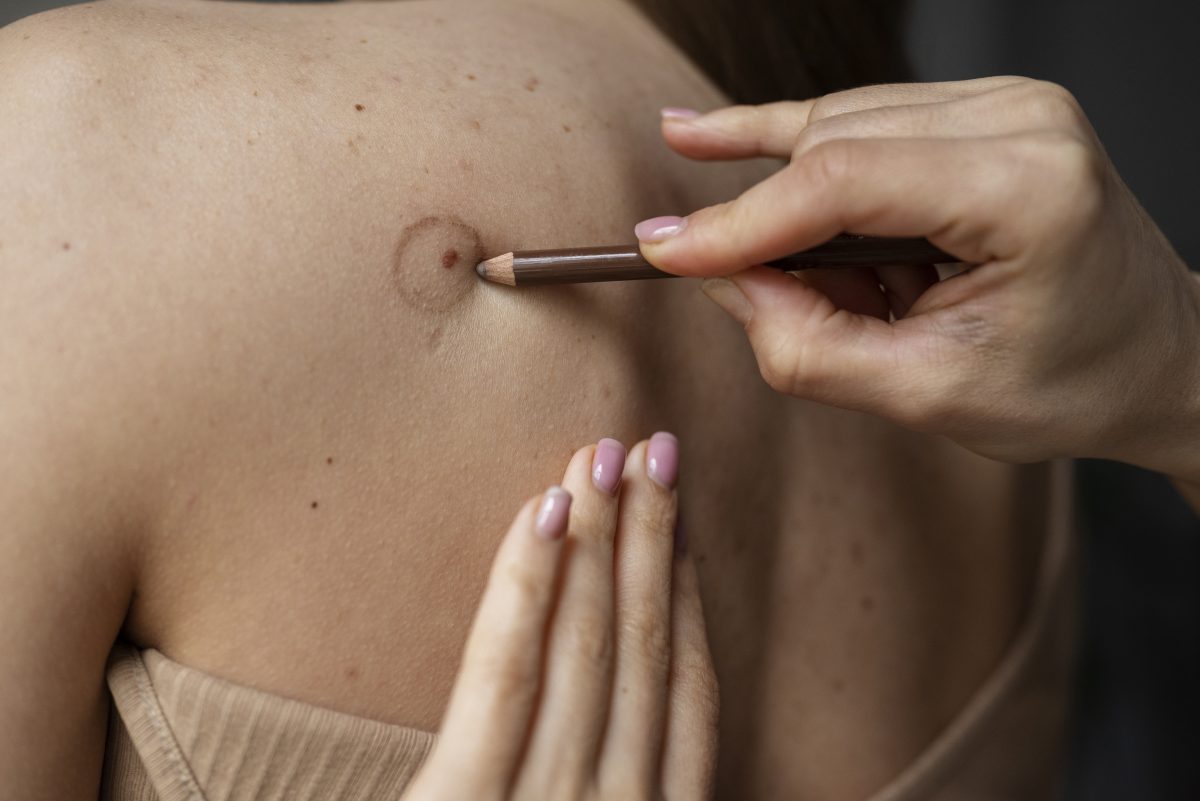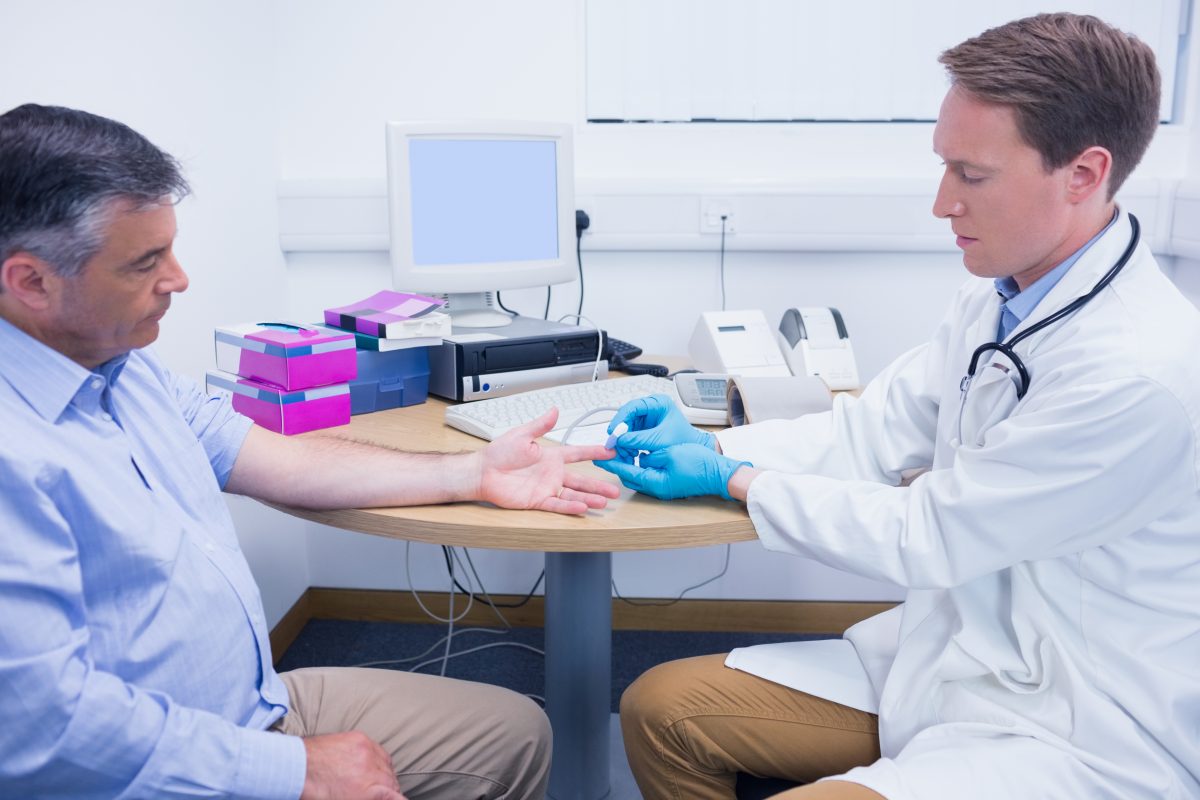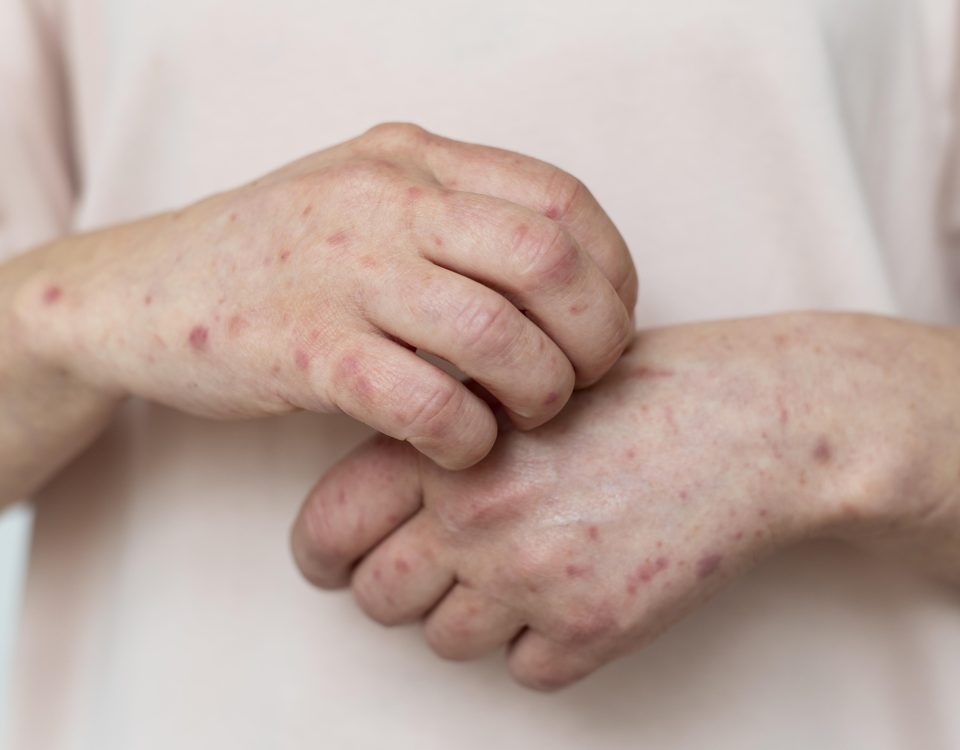
What is Psoriasis?
7 March 2025
Aftercare for Laser Hair Removal
19 March 2025What Is Melanoma?

Melanoma is a serious and potentially life-threatening form of skin cancer that originates in melanocytes, the pigment-producing cells in the skin. Although less common than other skin cancers, melanoma is more aggressive and can spread rapidly to other parts of the body if not detected and treated early.
For further details, please visit: Bergen Premier Aesthetics.
Causes of Melanoma

There are several factors that lead to the development of melanoma, such as genetic predisposition and environmental exposure. Some of the most common causes include:
- Ultraviolet (UV) Radiation Exposure – Prolonged exposure to UV rays from the sun or tanning beds causes damage to skin cells and raises the risk of melanoma.
- Genetic Factors – A family history of melanoma increases the chances of developing the condition.
- A weakened immune system – Some examples of a weakened immune system include organ transplant recipients, those undergoing chemotherapy, or other types of immunosuppression.
- Fair skin – People with fair skin, light-colored eyes, and blonde or red hair have a higher susceptibility to melanoma because they contain lower levels of melanin.
- Moles (nevi) – Having many moles, or atypical moles (dysplastic nevi), increases the likelihood of developing melanoma.
- Age and Gender – Melanoma can affect anyone at any age, but it is more common in older adults and slightly more common in males.
Symptoms of Melanoma

Early detection of melanoma is key. The ABCDE rule is the guideline most of them use to detect potentially cancerous moles
- A - Asymmetry: On one side of the mole compared to another.
- B - Border: Notches, bumps, or jagged, the edges are blurred.
- C - Color: May be uneven in color, pigmented with all shades of brown, black, blue, or red, including white, new pink, purple, or their combination.
- D - Diameter: More than 6mm wide (about the size of a pencil eraser. Melanoma can be even smaller.
- E - Evolving: Change in size, color, shape or some new signs like bleeding, itching, or ulceration etc.
Other symptoms may include:
- Other indications may be a new mole.
- A sore or ulcer that would not heal properly. Skin Tag Removal can help with removing unwanted skin growths and improve skin health.Red or inflamed appearing beyond the actual border of moles.
- Pain, tenderness, or itching in the affected area.
Melanoma Diagnosis

Early detection has greatly improved the survival rates for those afflicted. Doctors make various types of examinations to determine if melanoma exists:
- Skin Examination – A doctor checks moles or lesions for irregularities.
- Dermoscopy – A specialized magnifying glass is used to determine the texture of the suspicious skin lesions.
- Biopsy – A small section of the infected skin is removed and studied with a microscope.
- Sentinel Lymph Node Biopsy – The procedure determines the presence of melanoma in cancer cells through a lymph node that has possibly reached cancer cells through the sentinel area.
- Imaging Tests – Techniques like CT scan, MRI and PET scans assist in finding evidence of metastasis.
Types of Melanoma
Melanoma comes with several forms where each is known for specific properties:
- Superficial Spreading Melanoma – The commonest type among all others takes its time over the outer part of the skin before moving internally.
- Nodular Melanoma – A fast-growing and aggressive type that often appears as a raised bump.
- Lentigo Maligna Melanoma – Common in older adults, develops through long-term exposure to the sun.
- Acral Lentiginous Melanoma – A rare type found on the palms, soles, or under nails and more common in darker-skinned patients.
- Amelanotic Melanoma – A less common form lacking typical pigmentation, which makes it difficult to diagnose.
Stages of Melanoma
Melanoma is divided into five stages according to tumor thickness, ulceration, and spread:
- Stage 0 (In Situ) – Confined to the epidermis; spread has not occurred.
- Stage I – Tumour size is small, limited to the skin, and no spread has occurred.
- Stage II – Larger and may be ulcerated; they have not reached lymph nodes.
- Stage III – Spreads to regional lymph nodes but not distant organs.
- Stage IV – Advanced melanoma that has spread to distant organs such as the lungs, liver, or brain.
Treatment for Melanoma
Treatment depends on the stage and severity of melanoma:
- Surgery – The main treatment for early-stage melanoma is surgical removal of the tumor and surrounding tissue.
- Immunotherapy – Enhances the body's immune system to fight cancer cells (such as checkpoint inhibitors, including pembrolizumab and nivolumab).
- Targeted Therapy – Drugs made to target genetic mutations within the melanoma cell, such as BRAF and MEK inhibitors.
- Chemotherapy – Rarely used but does have its successes for late cases.
- Radiation Therapy – Useful for those whom surgery is a possibility or helps in relieving symptoms of metastasized cells.
Preventing Melanoma

The Prevention of Melanoma requires careful protective measures while maintaining routine health check-ups
- Use Sunscreen – Apply broad-spectrum sunscreen (SPF 30 or higher) daily.
- Avoid Tanning Beds – Artificial UV exposure significantly increases melanoma risk.
- Wear Protective Clothing – Long sleeves, hats, and sunglasses help shield against UV damage.
- Regular Skin Checks – Perform self-examinations and schedule dermatologist visits for professional screenings.
- Stay in the Shade – Limit direct sun exposure, especially between 10 a.m. and 4 p.m.
Conclusion
Melanoma is an aggressive but avoidable and curable skin cancer if diagnosed at an early stage. Awareness of risk factors, symptoms, and preventive measures reduces its impact immensely. Early diagnosis through skin checks and biopsies is paramount, and with surgery, immunotherapy, or targeted therapy as treatment options, the disease is manageable. One can reduce his or her likelihood of developing melanoma by putting sun safety into practice, going for regular skin checks, and making healthy lifestyle choices.
As part of a proactive skin health routine, regular skin maintenance treatments like chemical peels and dermaplaning can help improve skin clarity, remove dead cells, and make it easier to monitor changes over time.
For the best dermatological care and aesthetic treatments, come to Bergen Premier Aesthetics.




